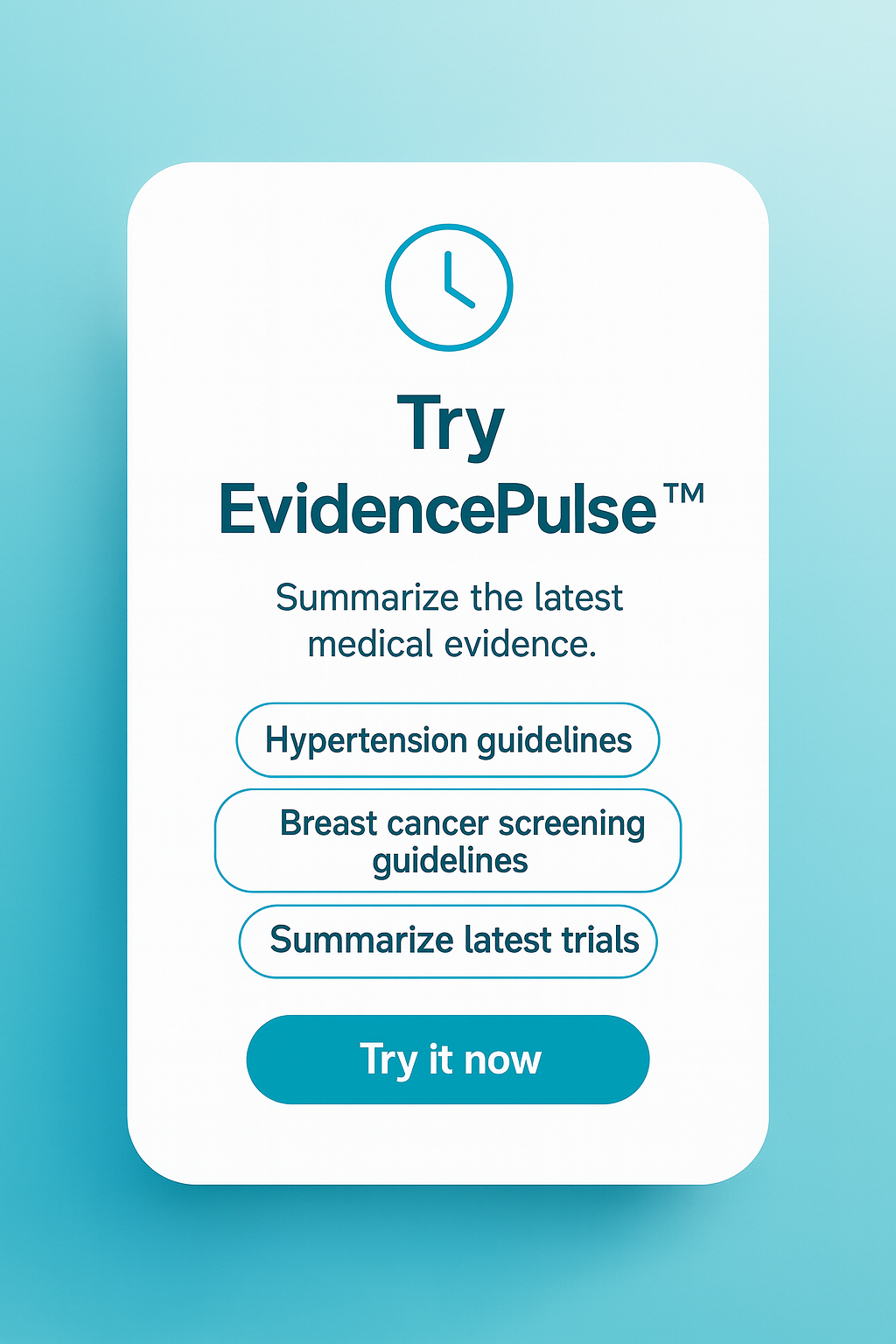Primary seat belt laws associated with lower motor vehicle fatality
1. In this retrospective study following motor vehicle accidents (MVAs), fatality rates were lower in states with laws permitting police to ticket solely for not wearing a seatbelt (i.e., primary seatbelt laws).
2. Other state-level factors such as lower maximum speed limit, more stringent blood alcohol concentration cutoffs, and graduated driver licensing were also associated with decreased MVA fatality.
Evidence Rating Level: 2 (Good)
Study Rundown: Between 2001 and 2010, nearly 300,000 drivers and passengers were killed in motor vehicle accidents (MVAs) in the US. Seatbelts have been shown to decrease the risk of death following an MVA by 50%, but increasing adherence has been challenging. Most states have adopted either “primary” seatbelt laws, which allow police to ticket drivers solely if they are not belted, or “secondary” laws, which only allow seatbelt-related citations with other violations. This study compared MVA fatalities in states with primary versus secondary seatbelt laws. After adjusting for a number of other state-level driving regulations (e.g., maximum highway speed) and economic factors, the rate of fatalities was lower in states with primary laws than with secondary laws. Other state-wide vehicle safety laws, such as lower maximum highway speed and stricter drunk driving laws, were also associated with decreased fatality rates. Notably, this study did not take into account the availability of trauma centers in each state or the enforcement of seatbelt laws. Additionally, not enough data were available to compare states before and after passage of primary seatbelt laws, limiting the study’s ability to determine if enactment of more stringent laws actually caused a reduction in fatality rates. Nonetheless, these results indicate that on a national scale, primary seatbelt laws were associated with decreased fatality rates.
Click to read the study, published today in the Annals of Internal Medicine
Relevant Reading: Self-reported seatbelt use, United States, 2002-2010: does prevalence vary by state and type of seatbelt law?
In-Depth [retrospective time-series]: This study retrospectively analyzed MVA fatalities among people aged 10 and older in the US between 2001 and 2010. Fatality rates were modeled using state-level legislative factors, state-wide median household income and vehicle miles driven per person. Across the entire cohort, after adjusting for state-level factors, fatality rates were significantly lower in states with primary seatbelt laws than in states with secondary laws (incidence rate ratio 0.83, 95%CI 0.78-0.90); fatality rates were 9.1 and 11.7 per 100,000 people in states with primary and secondary laws, respectively. Notably, the percentage of unrestrained crashes was significantly lower in states with primary laws. Lower speed limits (IRR 0.70, 95%CI 0.57-0.87), more stringent blood alcohol content cutoffs (IRR 0.93, 95%CI 0.87-0.99), graduated licensing (IRR 0.89, 95%CI 0.82-0.97), and increased state-wide median household income (IRR 0.86, 95%CI 0.80-0.92) were also associated with decreased fatality rates.
Image: PD
©2015 2 Minute Medicine, Inc. All rights reserved. No works may be reproduced without expressed written consent from 2 Minute Medicine, Inc. Inquire about licensing here. No article should be construed as medical advice and is not intended as such by the authors or by 2 Minute Medicine, Inc.









